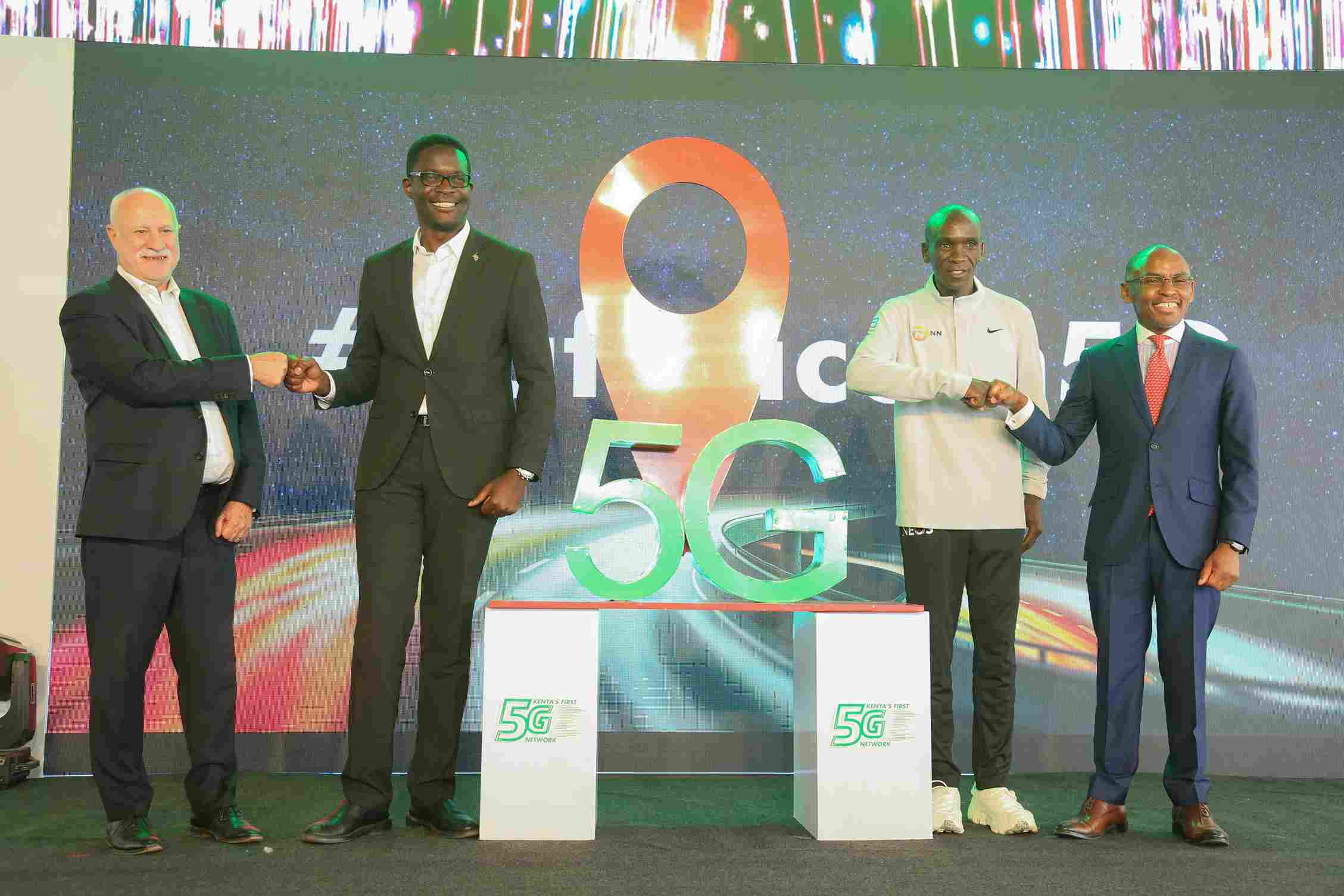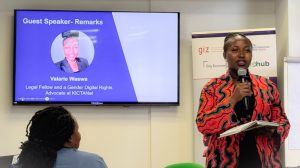By John Walubengo
Safaricom finally launched their 5G offering last week – that’s a good thing.
5G is the next-generation mobile network standard published in 2020 by the International Telecoms Union (ITU), after, of course, the 4G standard published ten years earlier in 2010 and the 3G standard published twenty years ago in the year 2000.
The 5G mobile network is not exactly ‘new’; indeed, KICTANet published its first 5G policy brief two years ago to establish Kenya’s 5G readiness status, opportunities and risks, amongst others.
The policy brief made interesting observations which one could argue are still valid two years later. One observation stated as follows:
“The study reviewed the global 5G state of play and contrasted that with the situational analysis for Kenya. It found that whereas the Kenyan legal, policy, and regulatory frameworks were quite advanced, there was no specific, national 5G Strategy in place. This disadvantages Kenya’s ability to attract 5G investments while hampering its ability to stake a claim within the new digital value chain commonly known as the Fourth Industrial Revolution (4IR)’’
Put differently, Kenya must look at 5G technology slightly differently from how it looked at its predecessors, 4G/3G mobile technology. 5G is too important to be left to market forces in terms of which telco operator has 5G and which one does not, or perhaps which operator has a wider 5G footprint and which one does not.
5G is a transformational technology that goes beyond boasting about how fast one can connect to the internet – which is fine but tends to be silent about two other equally, if not more important, aspects of 5G technology.
This brings us to the other observation highlighted in the KICTAnet 5G Policy, which is stated as follows:
The study reviewed the historical progression of mobile networks through to the current 5G mobile technologies. It then highlighted the technical properties and use-cases that 5G technologies have under the three categories, namely, the enhanced Mobile BroadBand (eMMB), the massive Machine Type Communications (mMTC), and the ultra-Reliable Low Latency Communications (uRLLC).
5G high-speed connectivity is covered under the enhanced mobile broadband capabilities, BUT the real deal with 5G lies within the last two properties, the massive Machine Type Communications (mMTC), and the ultra-Reliable Low Latency Communications (uRLLC).
In simple terms, mMTC would provide the platform that supports the Internet of Things (IoTs), with realistic solutions for our economy, such as precision agriculture, adoption of automated or smart water or electricity meter readers, and street lighting maintenance solutions, amongst others.
The ultra-Reliable Low Latency Communications (uRLLC) aspects of 5G mean that 5G infrastructure will allow the execution of very time-sensitive operations with minimal transmission errors. This makes for fancy solutions like self-driving cars to very realistic solutions like building the factories of the future – which happens to be at the heart of the 4th Industrial Revolution.
These last two aspects of 5G are outside the ‘bandwidth’ of a single telco operator and would require a concerted national effort or strategy to pull off. And so, the question still remains, where is our 5G National strategy?
John Walubengo is an ICT Lecturer and Consultant. @jwalu.
![]()




